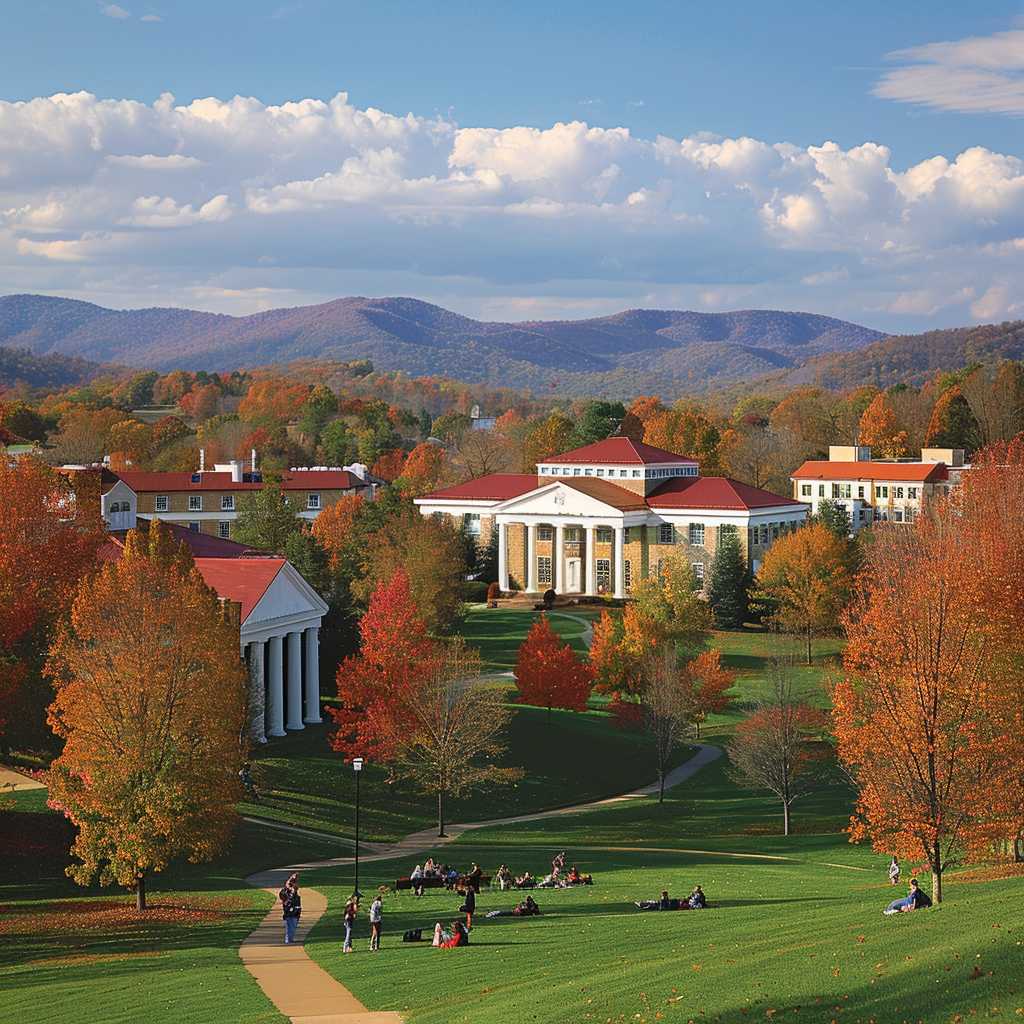Understanding James Madison University: An Overview of its History, Programs, and Campus Life
James Madison University (JMU) stands as a beacon of higher education in the picturesque Shenandoah Valley of Virginia. Established originally as a teacher’s college in 1908, JMU has burgeoned into a comprehensive public university known for its strong commitment to undergraduate education, climbing research activity, and an inclusive welcoming campus atmosphere. This article delves into the intricacies of JMU, exploring its historical roots, academic programs, campus life, and the broader impact it has on its students and the surrounding community.
Historical Background of James Madison University
Since its inception at the dawn of the 20th century, James Madison University has evolved significantly from the modest State Normal and Industrial School for Women at Harrisonburg. It consisted of a handful of faculty members dedicated to training female educators. In 1938, it transitioned to Madison College, honoring the United States’ fourth president and father of the U.S. Constitution, James Madison, a staunch believer in the importance of education. The institution became coeducational in 1946 and expanded over the subsequent decades, reflecting a growing mission to serve a diverse student body with myriad academic offerings.
It was in 1977 that Madison College officially transformed into James Madison University – a milestone symbolizing its burgeoning status as a versatile institution well beyond its original mandate as primarily an educator’s school.
Academic Excellence at JMU
Over time, JMU has prioritized cultivating richness in academic variation. Home to seven colleges – covering arts and letters; business; education; health and behavioral studies; integrated science and engineering; science and mathematics; and visual and performing arts – JMU consistently earns accolades for its undergraduate teaching quality.
Prominent Programs and Research Opportunities
With over 120 degree programs at both the undergraduate and graduate level, JMU fosters an environment where hands-on learning is dovetailed with theoretical foundations. Famed for areas such as integrated science and technology, business, health sciences, and communication studies, students are provided with state-of-the-art facilities to accompany their curriculum.
Recognized as an R2 Doctoral University by the Carnegie Classification of Institutions showing high research activity, JMU supports students eager to engage in scholarly advancement through various institutes and centers. Undergraduate involvement in research is strongly encouraged, fostering a symbiotic relationship between teaching and research that benefits all parties involved – not least the body of knowledge they’re contributing to.
International Outreach and Globalized Curriculum
The university also prides itself on a globalized curriculum that regards international outreach with high distinction. It offers study abroad opportunities across continents to expose students to different cultures, languages, and global challenges.
Campus Life: Diversity and Inclusiveness
Beyond academia, James Madison University offers a vibrant student life,endowed with over 350 clubs and organizations that cater to wide-ranging interests – from service-oriented groups to cultural associations and recreational sports teams.
In recent years, JMU has taken great strides towards emphasizing diversity inclusiveness within its campus community as part of its mission to become “a community committed to preparing students to be educated and enlightened citizens who lead productive and meaningful lives.”
Facilities and Campus Development
JMU’s scenic campus includes hallmark buildings cloaked by well-groomed landscapes across over 700 acres of land. Recent expansions include state-of-the-art residential halls along with modern learning centers – investments aiming to bolster an ever-improving student environment.
JMU’s Commitment to Sustainability
Sustainability emerges as another pillar of campus personality at JMU. With green building initiatives alongside sustainability-focused curriculum offerings, JMU steers forward-thinking students toward eco-friendly practices both within their immediate environment and the professional paths they will walk upon graduation.
Integrated Community Engagement
The institution intertwines with the city of Harrisonburg through countless service opportunities igniting a spirit of civic duty amongst its student base – grounded in James Madison’s own conviction toward civic engagement.
Athletics at James Madison University
On the athletic side, The Dukes (JMU’s teams), particularly celebrated for their football program among other sports, stimulate school spirit not just among actual players but across alumni and other university affiliates alike.
